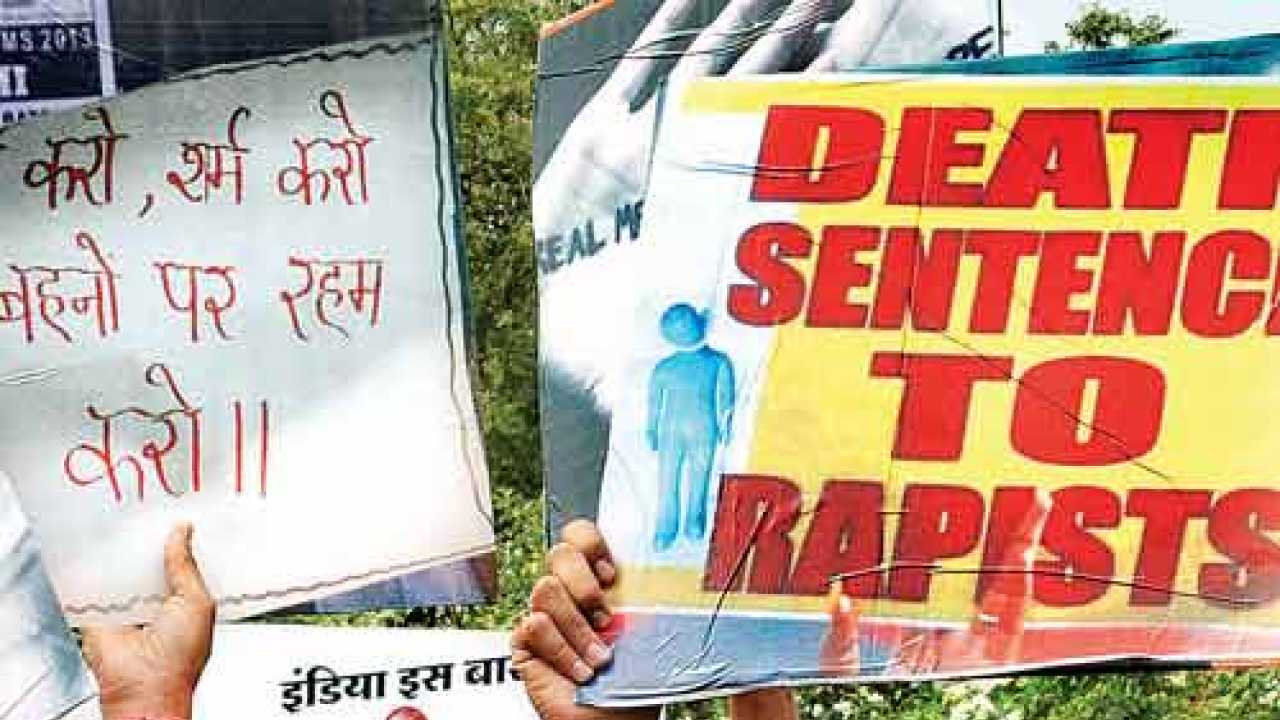
The September 13, 2013 judgment on the Delhi rape and murder case, rendering death penalty by hanging for the four accused men, was celebrated by many as the desired form of justice.
Apparently, the crowds outside the court cheered when the judgment in the State vs Ram Singh and another was announced. Discussions on death penalty in India often tend to bring up comparisons with the United States the other major democracy that has continued the use of death penalty decades after many European nations and indeed several countries have abolished its use.
As Amnesty International noted in 2012, at least 142 countries have prohibited capital punishment in law or practice. Despite a FBI report (in 2010) reiterating that homicide rates in non death penalty states have remained consistently lower than in death penalty states, more than 60 per cent of Americans still support its use (according to Gallup). Such support, despite contrary evidence about the deterrent impact of executions, suggests that one of the main reasons for its persistence in the US as elsewhere is its symbolic value. The ineffectiveness of death penalty in addressing the actual crimes seems to be a fact consistently ignored.
The critiques of death penalty have primarily centred on deterrence, arbitrariness, due process, and methods of execution. The United States had stopped using the death penalty after the Furman vs Georgia (1972) case due to concerns of arbitrariness and capriciousness especially since death penalty was being unevenly applied and selectively used against minorities. The US Supreme Court allowed executions a few years later in Gregg vs Georgia (1976) when ostensibly the states reduced the factors responsible for arbitrariness. However, the Death Penalty Information Center notes that unfairness based on race continues in terms of who is subjected to the death penalty defendants are more likely to be granted the death penalty if the victims are white than if they are black.
In addition to lack of evidence about deterrence, there are due process concerns including an ineffective counsel during trials. Botched executions have also exposed the claim that execution (even) by lethal injection is actually a more humane form than hanging or electrocution. The fact that on almost all grounds the anti-death-penalty proponents have strong footing has led scholars to point to the peculiarity of its persistence and prompted arguments about its symbolic significance.
One issue that has special salience for the Indian debates is the reason why rape, which used to be a capital crime in the United States, stopped being one. Famously, in the Coker vs Georgia (1977) case, the United States Supreme Court decided that death penalty could not be considered as punishment for rape because it was excessive punishment and grossly disproportionate.
The main reason why the Court did not consider death penalty to be the appropriate punishment for even such a severe crime was to counter the dissenting Justice’s characterization that rape rendered the victim’s “life (as)…beyond repair.” In the process, the US Supreme Court squarely challenged the idea that rape is equivalent or as some argue worse than death. Of course, the same court is not able to recognize that when it continues the use of death penalty for murders in this highly unfair and arbitrary system, it undermines its own commitment to challenge any “unjustified taking of life.”
In the Indian context, it is important to note that legally, death penalty has not been issued for the gang rape in the Delhi case but rather for the death that resulted as a result of the brutality associated with rape. The judge graphically described the brutality in the State vs Ram Singh and another opinion to prove that the rape and sexual torture inflicted on the victim was meant to kill her, in order to fulfil the intent requirement essential for holding the accused responsible for murder and to ensure the “rarest of rare” condition needed to issue the death penalty.
In this context, the judge made a questionable claim that this death sentence is meant to be a deterrent against those committing crimes against women. As the Sentencing Order notes “These are the times when gruesome crimes against women have become rampant and courts cannot turn a blind eye to the need to send a strong deterrent message to the perpetrators of such crimes.”
Since death penalty has not been a deterrent in crimes, death by hanging in this case becomes a symbolic and perhaps the primary act by the court and State to deal with sexual violence. In the process, the judgment becomes more about characterizing rape as somehow worse than death (transforming death) and necessitating a reassertion of the State’s symbolic power as opposed to a systematic addressing of the issue of rape and sexual violence.
Another problem with the symbolic act is that it reaffirms the bloodthirsty desire for revenge on the part of society reflected in the demands of “Hang the rapists” during the protests; the same desire that also animates the control over women’s sexuality and bodies by the State and society.
The State, instead of ensuring the rights and dignity of women, becomes the avenger of the “helpless woman” (that the judge refers to in the sentencing order). This fast track court judgment also warrants the question whether it is easier to sentence men from certain marginalized sections more easily than the others? After all, in the US, death penalty for rapists was routinely used in interracial crimes when black men were implicated in the rapes of white women. As most newspaper reports headline “death by hanging for Delhi rapists,” it is important to both question the foundations of the judgment and also recognize the futility of death penalty to deal with the actual crimes.
The author is an associate professor in Political Science at Drew University, Madison, New Jersey